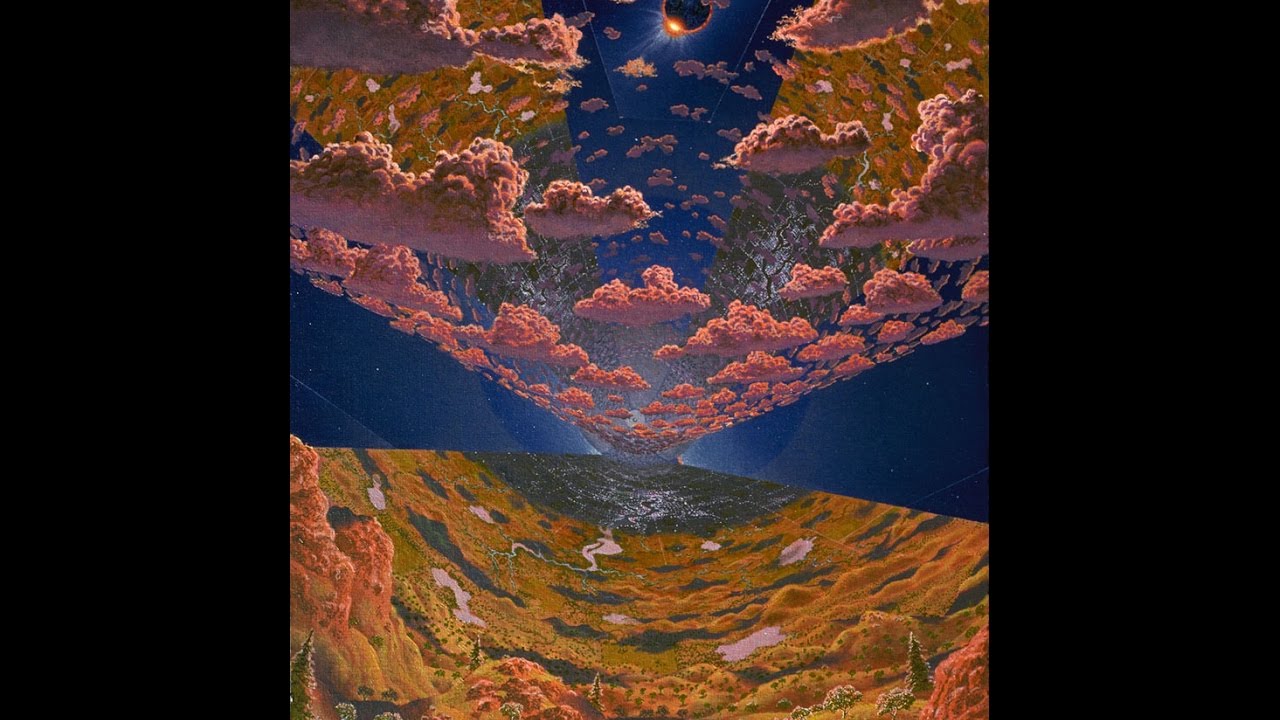Przybylski’s star, or HD 101065 in the constellation of Centaurus, appears to be even more difficult to understand than to pronounce. (It is named after Polish-Australian astronomer Antoni Przybylski, who described it in 1961.)
From the star’s spectrum, it appears to contain very small amounts of iron and nickel, which normally would be abundant in a star of this type, but is wildly over-abundant in screwball elements such as strontium, holmium, niobium, scandium, yttrium, cæsium, neodymium, praseodymium, thorium, ytterbium, and uranium.
If that weren’t weird enough, the spectrum seems to indicate the presence of numerous short-lived actinide elements, including actinium, protactinium, neptunium, plutonium, americium, curium, berkelium, californium, and einsteinium, the latter of which has no known isotope with a half-life longer than 472 days.
What is going on? Basically, nobody has a clue. Astrophysics knows of no mechanism by which such a star could create such elements. The radioactive elements, if formed in a supernova from whose debris the star formed, would have decayed away billions of years ago. Could the anomalous elements be decay products from long-lived island of stability nuclei created in a supernova? Well, maybe, but why haven’t such products been seen in any other star. Theories that the elements were formed in a companion neutron star founder on the inability to find such a star.
I’m not saying it’s aliens, but in the 1966 book Intelligent Life in the Universe, Carl Sagan and I. S. Schklovskii speculated that an economical way for a technological civilisation to announce its presence would be to dump “impossible” elements into its star, creating an unnatural spectral signature which could be detected by any other civilisation that did a spectral survey of stars visible to it.
